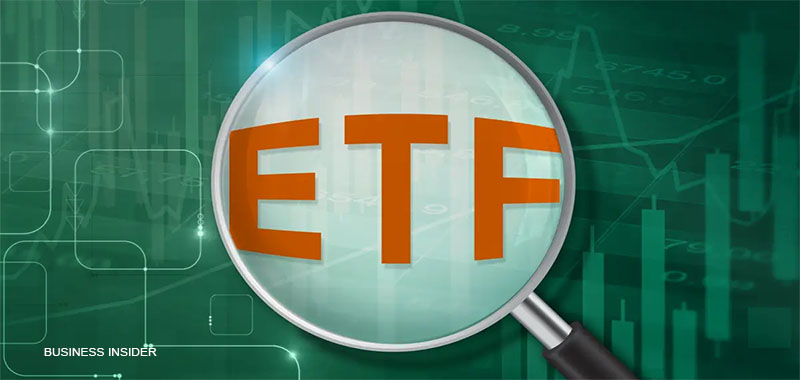If you’re interested in portfolio diversification with Exchange-Traded Funds (ETFs), you’ve come to the right place. This article will discuss how ETFs can help with risk management and achieve financial goals. It’ll also provide tips on getting started with ETF investing. So whether you’re a beginner or a seasoned investor, stay tuned for more info that can help you make smart investment choices.
What are ETFs?
A popular investment choice is to invest in ETFs or exchange-traded funds. ETFs are similar to traditional mutual funds in that they both offer investors a basket of assets, but ETFs have some key advantages:
- ETFs are tax efficient than mutual funds because they generate fewer capital gains.
- ETFs usually have lower expense ratios than mutual funds, meaning higher returns for investors.
- ETFs are more liquid than mutual funds, meaning they can be easily bought and sold throughout the day.
For these reasons, ETFs have become famous for investors looking to build a diversified portfolio.
The benefits of investing in ETFs
ETFs offer many benefits, including diversifying your portfolio, lowering costs, and flexibility. Diversification is important because it helps to spread out your risk, thus assisting with risk management. By investing in a variety of different ETFs, you can minimise the impact of any one investment.
How to choose the right ETFs for your portfolio
When choosing the right ETFs for your portfolio, there are a few essential factors to consider:
You need to understand your investment goals. Are you looking to track the market, or are you hoping to achieve more aggressive growth? Once you know your goals, you can narrow down the field of available ETFs.
Take a look at the fees associated with each ETF. While all investments come with some level of risk, higher fees can eat into your potential returns.
Consider the level of experience you have with investing. If you’re starting, you may want to choose an ETF that is less complicated and easier to understand. By taking the time to research your options and select the right ETFs for your needs, you can help ensure that your portfolio is on track to meet your goals.
The risks associated with investing in ETFs
Despite all their benefits, some risks are also associated with investing in ETFs. One potential risk is that ETFs are susceptible to market fluctuations. This downfall means that the value of an ETF can go up or down very quickly, which can lead to losses for investors.
Another risk is that ETFs may not be as diversified as other types of investments, such as mutual funds. This con means that investors may be more exposed to the risks of a particular sector or company.
Before investing in ETFs, it is essential to understand the risks involved and ensure they are suitable for your investment goals.
Tips for building a successful ETF portfolio
Building a successful ETF portfolio requires more than buying shares of the latest hot fund. Instead, investors must carefully consider many factors, including asset allocation, risk tolerance, and investment objectives. Perhaps the most crucial step is to create a diversified portfolio that includes a mix of asset classes, such as stocks, bonds, and commodities. This will help to reduce overall risk and ensure that the portfolio can weather market volatility.
Additionally, it is essential to rebalance the portfolio to maintain the desired asset allocation periodically. And finally, investors need to have patience and discipline when it comes to investing in ETFs. Those who can stick to their investment plan and resist the urge to jump on the latest fad are more likely to succeed in the long run.
In summary
While there are risks associated with ETFs, they provide an easy way for traders to diversify their portfolios and can be a valuable tool when used correctly. With the help of a financial advisor, investors can learn about the different types of ETFs available and find those that best fit their investment goals.











